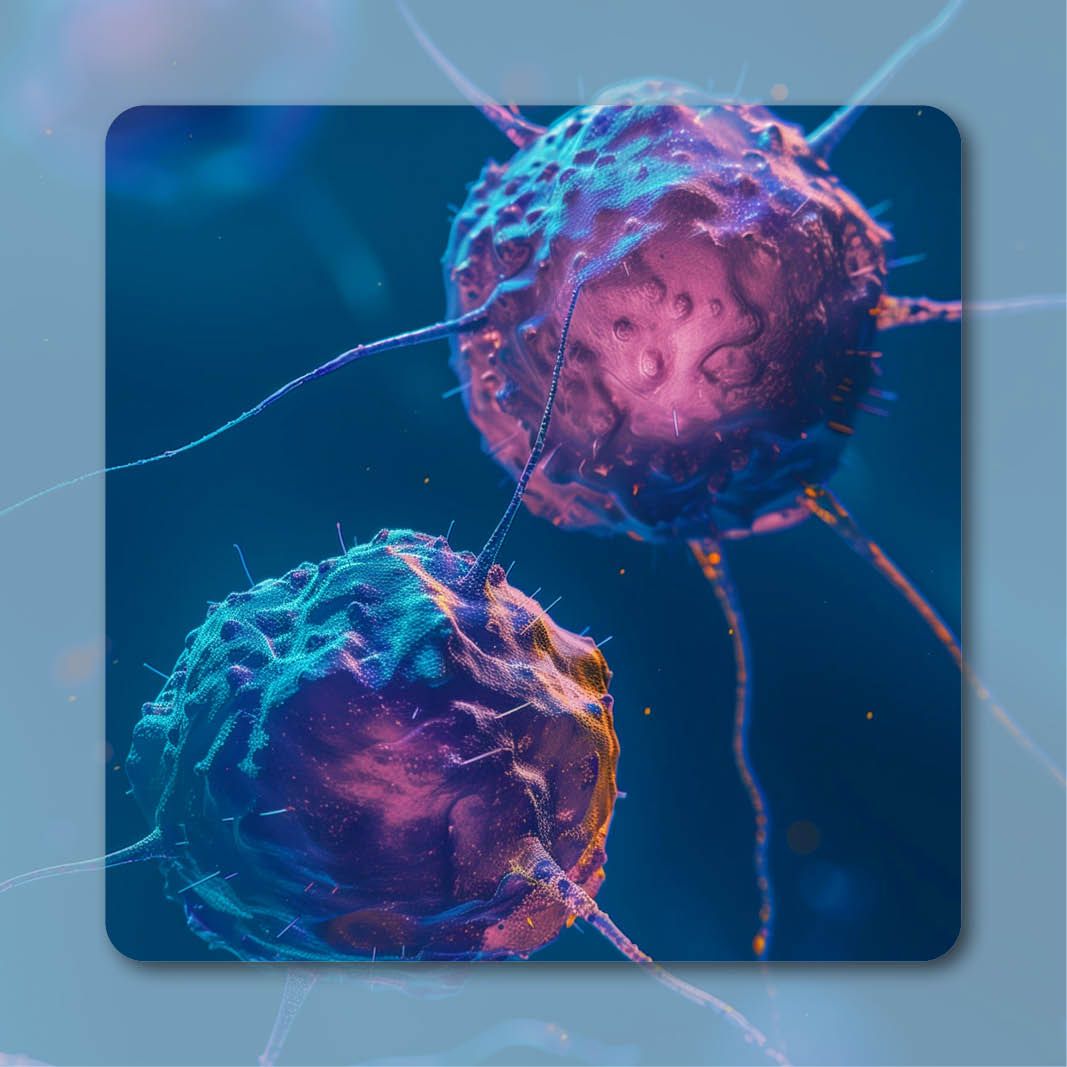Commentary
Video
Dr Ravi on the Potential Use of RCB to Inform Neoadjuvant Strategies in High-Risk Prostate Cancer
Author(s):
Praful K. Ravi, MB, BChir, MRCP, discusses the use of residual cancer burden to guide intensified neoadjuvant treatment in high-risk prostate cancer.
Praful K. Ravi, MB, BChir, MRCP, medical oncologist, Lank Center for Genitourinary Oncology, Dana-Farber Cancer Institute, instructor, medicine, Harvard Medical School, discusses the prognostic value and potential use of residual cancer burden (RCB) to guide intensified neoadjuvant treatment strategies for patients with high-risk localized prostate cancer.
Data from patients treated in 5 neoadjuvant trials at Dana-Farber Cancer Institute between 2006 and 2018 were pooled to evaluate the efficacy of 6 months of neoadjuvant androgen receptor pathway inhibitor (ARPI) therapy, specifically abiraterone acetate (Zytiga), enzalutamide (Xtandi), and abiraterone plus apalutamide (Erleada), combined with androgen deprivation therapy (ADT).
Results presented at the 2024 Kidney Cancer Research Summit demonstrated that the 5-year metastasis-free survival rate for patients with high-risk localized prostate cancer who received this neoadjuvant therapy before radical prostatectomy was over 80%. Moreover, the depth of pathologic response was strongly prognostic for metastasis-free survival, with a 100% 5-year metastasis-free survival rate in patients who achieved a pathologic complete response.
Ravi discusses the implications of these data, noting that neoadjuvant therapy is not yet a standard of care. However, the ongoing phase 3 PROTEUS trial (NCT03767244) aims to determine if treatment with apalutamide plus ADT before and after radical prostatectomy in patients with localized high-risk or locally advanced prostate cancer improves pathologic complete response. If results from PROTEUS prove positive, RCB may become a critical factor in guiding post-neoadjuvant therapy strategies, Ravi states.
Ravi envisions a scenario where patients receive 6 months of neoadjuvant therapy with hormone therapy, ADT, and an ARPI. Patients who achieve an excellent pathological response could be observed post-surgery, he explains. Conversely, patients with significant residual disease (classified as RCB2 or RCB3) could be candidates for trials exploring intensified post-neoadjuvant adjuvant strategies, such as chemotherapy or other agents, he says. However, Ravi notes the need to validate RCB as a prognostic tool within larger cohorts, including the PROTEUS study and other trials, to ensure its robustness across different patient populations.
If future studies confirm the benefits of neoadjuvant therapy and validate the use of RCB, these findings could significantly influence clinical practice, Ravi emphasizes. The ability to stratify patients based on their pathological response to neoadjuvant therapy would allow for more personalized and potentially more effective treatment strategies, he concludes.









